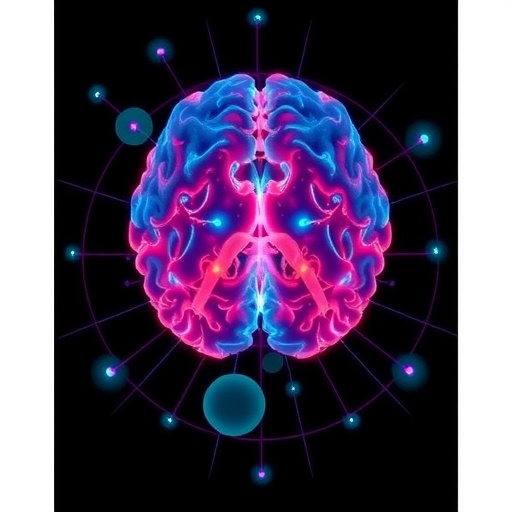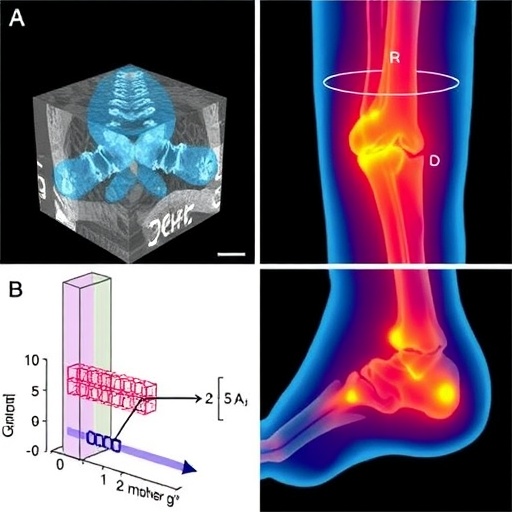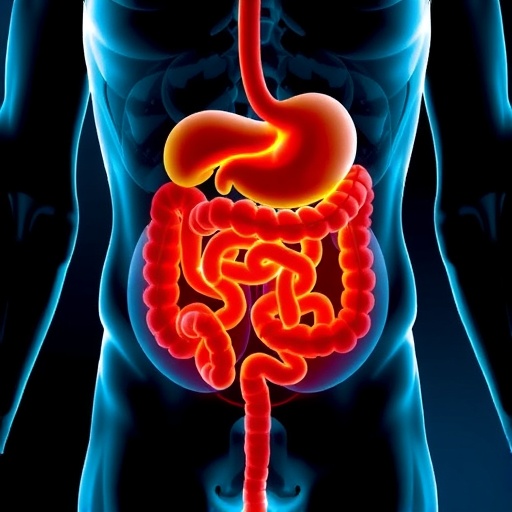
In recent years, the intersection of machine learning and biomedical engineering has revolutionized the field of diagnostics, particularly in the early detection of neurological disorders. Dr. Georgios P. Georgiou’s pivotal research highlights this progression and champions the integration of sophisticated algorithms into clinical practices. As neurological disorders, including Alzheimer’s, Parkinson’s, and multiple sclerosis, pose a significant challenge to healthcare systems worldwide, early detection is critical. Prompt intervention can dramatically alter patient outcomes and enhance quality of life, underscoring the urgency of this research.
Machine learning, a subset of artificial intelligence, employs algorithms that can identify patterns in vast datasets, learning from them to make predictions. This is particularly useful in biomedical contexts, where traditional diagnostic methods may fall short. Dr. Georgiou’s work focuses on developing models that can analyze various forms of medical data—such as images, clinical measurements, and genetic information—to identify early signs of neurological disorders that might otherwise go unnoticed. By harnessing these advanced techniques, the potential to augment clinical diagnosis is immense.
One of the critical components of Dr. Georgiou’s research is the use of deep learning, a specific machine learning technique that mimics the neural networks of the human brain. Deep learning has gained prominence in medical imaging, where it has shown superior performance in identifying anomalies. For instance, when trained on MRI scans, these models can discern subtle changes in brain structure that may indicate the onset of neurological disorders. Such capabilities can empower neurologists to diagnose conditions at incipient stages, ultimately leading to timely interventions.
The incorporation of high-dimensional data into the modeling processes is a significant aspect of this research. Traditional diagnostic methods are often limited to a narrow range of clinical tests, potentially overlooking critical indicators of neurological decline. Dr. Georgiou’s application of machine learning seeks to integrate multiple data sources, creating a holistic view of patient health. This multimodal approach can reveal correlations and patterns that single tests may miss, thereby enhancing diagnostic precision.
Moreover, the research emphasizes the importance of data quality and ethical considerations in developing machine learning models. High-quality, annotated datasets are essential for training robust algorithms. However, gathering sufficient data, particularly in the realm of rare neurological disorders, poses challenges. Dr. Georgiou advocates for collaborative initiatives that pool data from various institutions, aiming to foster a more extensive resource for training algorithms. Such collaboration is vital for achieving generalized models that perform well across diverse populations.
Ethical implications also play a significant role in the deployment of machine learning in clinical settings. The potential for bias in algorithms must be carefully managed. If a model is trained predominantly on data from one demographic, it may not perform as well for others. Dr. Georgiou emphasizes the need for diverse datasets to ensure that models are representative and fair. This focus on inclusivity stands to benefit all patients, irrespective of their background, in the quest for accurate diagnosis.
Another exciting aspect of Dr. Georgiou’s research is the potential for real-time analysis. With the advent of wearable technologies and mobile health applications, continuous monitoring of neurological health becomes feasible. By integrating machine learning algorithms with these technologies, healthcare providers can receive alerts about significant changes in patient conditions as they occur. This capability not only enhances the monitoring of known neurological disorders but also holds promise for detecting new or emerging conditions in at-risk populations.
In practical terms, the transition from theoretical models to clinical application is a complex process. Dr. Georgiou recognizes that collaboration with clinicians is essential to bridge this gap. By engaging healthcare professionals, the research team gains invaluable insights into the clinical workflow and identifies the most pressing needs and challenges in diagnosis. This partnership ensures that the algorithms developed are not only technically sound but also beneficial in real-world applications.
Furthermore, education plays a critical role in this venture. As machine learning becomes increasingly integrated into the healthcare landscape, training healthcare providers to understand and interpret algorithm-driven insights is vital. Dr. Georgiou emphasizes the need for comprehensive educational programs that equip clinicians with the skills and knowledge necessary to leverage these innovative tools effectively. Empowering healthcare teams through education encourages acceptance and adoption, ultimately benefiting patient outcomes.
Public awareness also plays a significant role in the journey towards integrating machine learning in the detection of neurological disorders. As patients become more informed about emerging diagnostic technologies, they are more likely to engage proactively with their healthcare providers. Increased awareness can facilitate discussions around the use of machine learning in clinical settings, thus creating a supportive environment for innovations. Dr. Georgiou views public engagement as essential for fostering trust and transparency in the utilized technologies.
As the research progresses, Dr. Georgiou and his team have set ambitious goals to refine their algorithms and expand their applications across various neurological disorders. The unique ability of machine learning to process vast amounts of information quickly and accurately holds immense promise. Over time, clinicians will likely rely increasingly on these advanced models, transforming diagnostic protocols and ultimately changing how neurological disorders are managed.
Looking ahead, the implications of machine learning in the detection of neurological disorders extend far beyond individual patient care. The healthcare landscape stands on the brink of a revolution. If adopted widely, these technologies could lead to systemic changes in how neurological disorders are researched, diagnosed, and treated. Early detection empowered by machine learning can result in better resource allocation, more personalized treatment plans, and improved overall healthcare outcomes.
In conclusion, Dr. Georgiou’s research represents a critical leap forward in the convergence of artificial intelligence and biomedical engineering. Its focus on the clinical application of machine learning for early neurological disorder detection illuminates the path toward a smarter, more efficient healthcare system. By embracing innovation, fostering collaboration, and prioritizing ethical practices, the medical community can harness the full potential of machine learning, ultimately transforming patient care for the better.
Subject of Research: Clinical Application of Machine Learning in Biomedical Engineering for the Early Detection of Neurological Disorders
Article Title: Clinical Application of Machine Learning in Biomedical Engineering for the Early Detection of Neurological Disorders
Article References:
Georgiou, G.P. Clinical Application of Machine Learning in Biomedical Engineering for the Early Detection of Neurological Disorders.
Ann Biomed Eng (2025). https://doi.org/10.1007/s10439-025-03820-0
Image Credits: AI Generated
DOI: 10.1007/s10439-025-03820-0
Keywords: Machine Learning, Biomedical Engineering, Neurological Disorders, Early Detection, Deep Learning, Ethical Implications, Data Quality, Continuous Monitoring, Healthcare Collaboration.
Tags: advanced diagnostic methods for neurologyAI in early detection of neurological disordersalgorithms in clinical practicesAlzheimer’s disease diagnosticsdeep learning in medical imagingDr. Georgios P. Georgiou researchimpact of AI on healthcare systemsmachine learning in biomedical engineeringmultiple sclerosis detection techniquesParkinson’s disease early identificationpatient outcomes in neurological disorderspattern recognition in medical data




